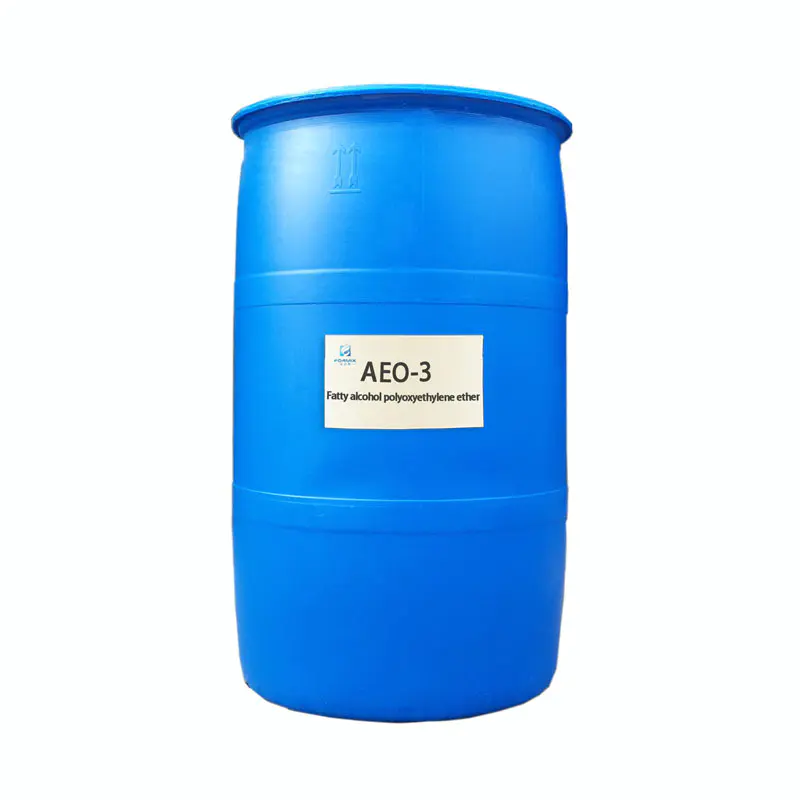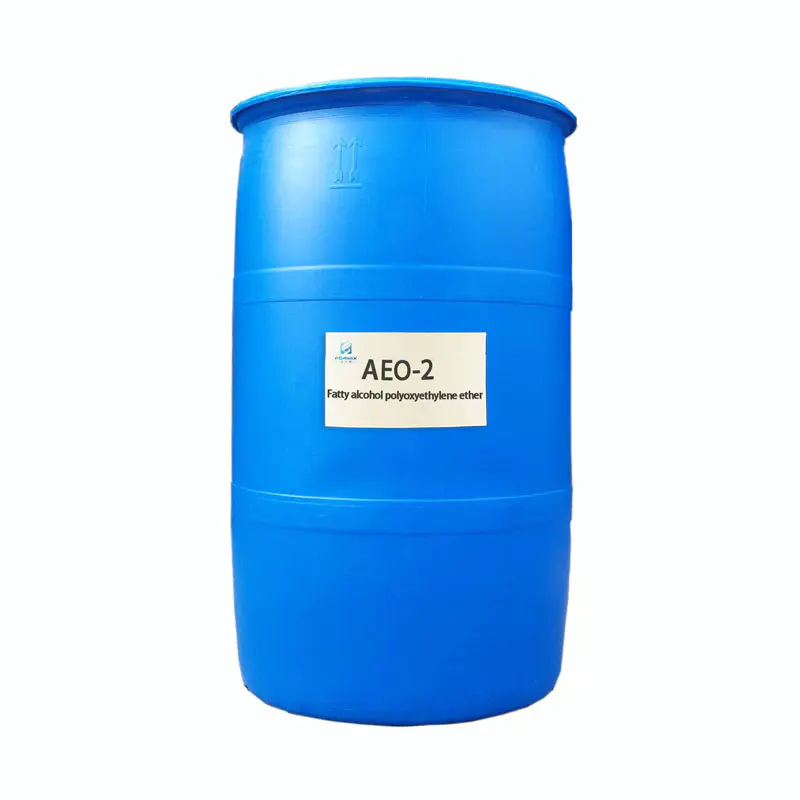Application of surfactants
2025-03-24
The application of surfactants can be divided into civil and industrial applications.
According to data, 2/3 of civil surfactants are used in personal protection products; synthetic detergents are one of the largest markets for surfactant consumption, and products include washing powder, liquid detergent, dishwashing detergent and various household cleaning products and personal protection products such as shampoo, conditioner, hair cream, hair gel, skin lotion, toner and facial cleanser.
Industrial surfactants are the sum of surfactants used in various industrial fields other than civil surfactants. Its application fields include textile industry, metal industry, coating, paint, pigment industry, plastic resin industry, food industry, paper industry, leather industry, oil extraction, building materials industry, mining industry, energy industry, etc. The following describes several aspects.
Application of surfactants in cosmetics
Surfactants are widely used in various cosmetics as emulsifiers, penetrants, detergents, softeners, wetting agents, bactericides, dispersants, solubilizers, antistatic agents, hair dyes, etc. Nonionic surfactants are the most commonly used in cosmetics because they are non-irritating and easily compatible with other components. They are generally some fatty acid esters and polyethers.
The composition of cosmetic formulas is diverse and complex. In addition to oil and water raw materials, there are various functional surfactants, preservatives, flavors and pigments, etc., which belong to multiphase dispersion systems. With the increasing requirements for cosmetic dosage forms and functions, the variety of surfactants used in cosmetics is also increasing. The surfactants used in cosmetics should be non-irritating to the skin, non-toxic and non-side effects, and also meet the requirements of colorlessness, no unpleasant odor and high stability.

Application of surfactants in detergents
Surfactants have efficient cleaning and disinfection functions and have long become the most important component of cleaning products. Surfactants are the main components of detergents. They react with dirt and between dirt and solid surfaces to produce a series of physical and chemical reactions (such as wetting, penetration, emulsification, solubilization, dispersion, foaming, etc.) and obtain washing effects with the help of mechanical stirring. The most widely used are anionic and nonionic surfactants, and cationic and amphoteric surfactants are only used in the production of certain special types and functions of detergents. The main varieties are LAS (referring to alkylbenzene sulfonate salt), AES (fatty alcohol polyoxyethylene ether sulfate), MES (α-sulfonic acid fatty acid salt), AOS (α-olefin sulfonate), alkyl polyoxyethylene ether, alkylphenol polyoxyethylene ether, fatty acid diethanolamine, amino acid type, betaine type, etc.
Application of surfactants in the food industry
① Food emulsifiers and thickeners The main role of surfactants in the food industry is to act as emulsifiers and thickeners. Lecithin is the most commonly used emulsifier and stabilizer. In addition to lecithin, commonly used emulsifiers include fatty acid glycerides, mainly monoglyceride T, fatty acid sucrose esters, fatty acid sorbitan esters, fatty acid propylene glycol esters, soybean lecithin, gum arabic, alginate, sodium caseinate, gelatin and egg yolk, etc. Thickeners are divided into natural and chemically synthesized categories. Natural thickeners include starch, gum arabic, guar gum, carrageenan, pectin, agar and alginic acid from plants and seaweed. There are also gelatin, casein and sodium caseinate from protein-containing animals and plants. And xanthan gum from microorganisms. The most commonly used synthetic thickeners are sodium carboxymethyl cellulose, propylene glycol alginate, cellulose glycolic acid and sodium polyacrylate, sodium starch glycolate, sodium starch phosphate, methyl cellulose and sodium polyacrylate.
② Food preservatives Rhamnosyl esters have certain antibacterial, antiviral and antimycoplasma properties, and sucrose esters also have a greater inhibitory effect on microorganisms, especially spore-forming Gram-positive bacteria.
③ Food dispersants, foaming agents, etc. In addition to being emulsifiers and thickeners, surfactants can also play the role of dispersing, wetting, foaming, defoaming, crystallization control, sterilization and extending the shelf life of food in food production. For example, adding 0.2-0.3% soybean lecithin during whole milk powder granulation can improve its hydrophilicity and dispersibility, and it can dissolve quickly without agglomeration when mixed. When making cakes and ice cream, adding glycerol fatty acids and sucrose fats can play a foaming role, which is conducive to the generation of a large number of bubbles. In the production of condensed milk and soy products, adding glycerol fatty acid esters has a defoaming effect.
④ Application in the extraction and separation of pigments, flavor components, bioactive components and fermentation products
In recent years, surfactants have also been widely used in the extraction and separation of natural ingredients in food such as pigments, flavor components, bioactive components and fermentation products.

Application of surfactants in the field of medicine
Surfactants have the functions of wetting, emulsifying, solubilizing, etc., and are therefore widely used as excipients for pharmaceutical preparations, especially in the pharmaceutical microemulsion technology developed in recent years. It has an increasingly wide application. In drug synthesis, surfactants can be used as phase transfer catalysts, which can change the degree of solvation of ions, thereby increasing the reactivity of ions, allowing the reaction to proceed in a heterogeneous system, and greatly improving the reaction efficiency. In drug analysis, especially in drug fluorescence spectroscopy, surfactants are often used as solubilizers and sensitizers. In the pharmaceutical industry, surfactants are widely used as bactericides and disinfectants for pre-operative skin disinfection, wound or mucous membrane disinfection, instrument disinfection, and environmental disinfection because they can strongly interact with bacterial biofilm proteins, causing them to denature or lose their function.

